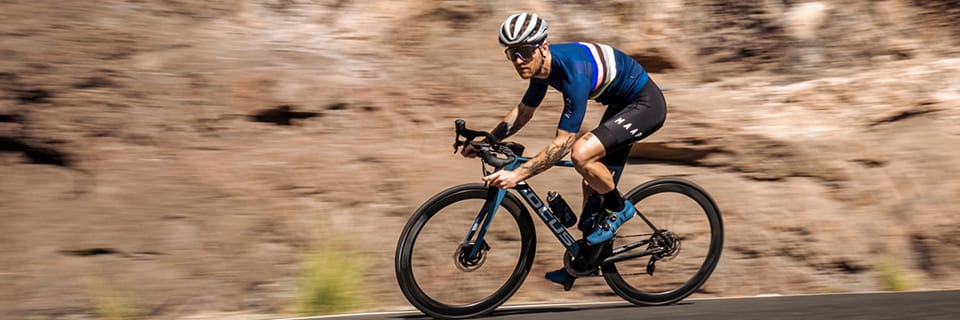For many years now, the brake system of choice in the MOUNTAIN BIKESdisc brakes are now slowly making their way onto the road.
Until now, the design and characteristics of a road bike did not allow for compatibility with disc systems. This meant having to make do with pad brakes, which can cause rims to overheat under heavy braking, and deliver hazardous performance in wet conditions, especially on carbon models.
Aided by the democratization of new manufacturing processes and the emergence of new standards (through-wheel axles, flat-mount brake calipers, smaller hydraulic levers, etc.), manufacturers have revised their copy and now offer bicycles with disc brake systems. disc brakesThis is still in its infancy, even at the highest level, where very few pro riders have yet taken the plunge.
Offering both high power and optimal braking modulation, disc brakes maintain excellent braking performance in all conditions and on all types of road, limit wear and heating of the rim/pad pair, and eliminate problems caused by cables that oxidize or seize. What's more, with a rim freed from brake band constraints, disc brakes make for lighter, more dynamic wheels. This weight saving for the bike as a whole must be tempered, however, as it is largely offset by the additional weight of discs, hoses, calipers and levers. All in all, disc brake systems are therefore heavier than conventional pad brake systems, and more expensive overall.
If you're looking for a system that guarantees total reliability whatever the circumstances, disc brakes are the ideal solution. They're also ideal for mountain bikers who need high braking power without the risk of overheating, and for riders who alternate between aluminum and carbon wheels, as there's no need to change pads systematically when switching from one to the other.
If you're looking for the most economical system (for entry-level bikes) or the lightest possible weight (for high-end bikes), pad brakes are still the ideal solution.
Découvrez tous nos conseils & Tutoriels
